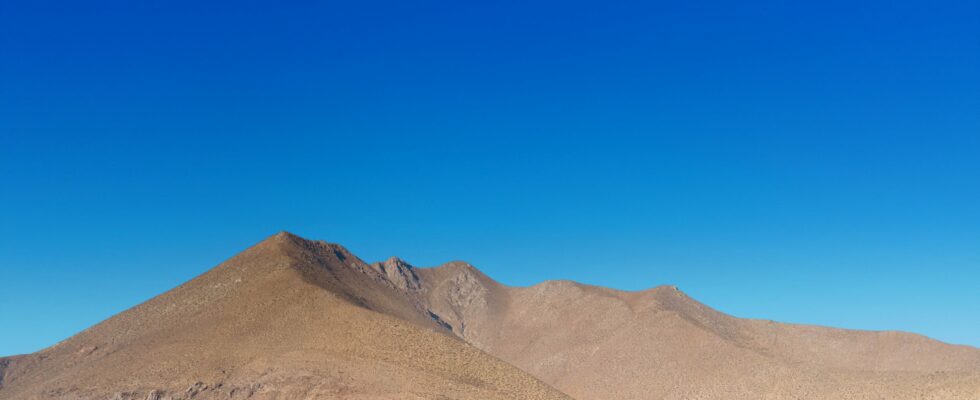Was pisco born in Peru or Chile? The spirit of the place stirs the world of wine and spirits. Throughout France, winegrowers never tire of exploring the richness and diversity of their terroirs. Knowledge and understanding of origins remains the best way to be… original.
A diplomatic-gastronomic dispute is still tearing Chile and Peru apart. Both dispute the authorship of pisco, a bit like Scotland and Ireland that of whisky. In fact, the first written records mentioning this grape brandy date back to 1733 in Chile. The will of Marcelino Gonzales Guerrero, politician and entrepreneur in the village of Pisco Elqui, mentions in his inventory the presence of vines, copper equipment used for distillation and three full jars. But the opposite camp counters that winegrowers based south of Lima were already exporting their eaux-de-vie from the port of Pisco (Peru) as early as the 16th century. An argument brushed aside by the Chileans, who claim that, at the same period, Spanish settlers adopted pisco as a local alternative to orujo, a brandy from Spain…
In the Atacama Desert, vines grown in the high mountains
What does the story matter, as long as we are drunk, because beyond this conflict, this beverage does not lack interest. Especially for lovers of grape distillate, brandy or cognac. That of Chile also cultivates an analogy with the latter. In chronological order, its AOC created in 1931, the first in America, is also the second oldest in the world after cognac (1909). Its specifications specify its production area: the regions of Atacama and Coquimbo, a terroir of 10,500 hectares born at the foot of the Atacama Desert and where the vines remain mainly cultivated in the high mountains before extending to to the shores of the Pacific.
These valleys where cool nights alternate with bright sunshine during the day produce very sweet grapes. If eight grape varieties are authorized, Muscat of Alexandria, Moscatel Rose, Muscat of Austria, Torontol and Pedro Jimenez predominate. The appellation also distinguishes four main families: the transparent pisco, which rests in stainless steel containers, the guarda, which requires six months of aging in barrels, the aged, which benefits from a minimum aging of one year in oak barrel, and premium, a title awarded based on the great qualities of a brandy. Depending on the category, pisco has between 30 and 43% alcohol.
The national drink of Chile
In our latitudes, pisco remains best known in its sour version, a refreshing cocktail to be mixed in a shaker with ice, sugar, lemon juice and possibly an egg white. National drink in Chile (the country produces 36 million liters), pisco is also enjoyed neat. It’s impossible for fans to miss a Cogoti, 100% pink muscat, aged for twelve months in stainless steel vats.
Another interesting area: Alto del Carmen, in the Elqui Valley. Their Reservado (nine months in American oak barrels) reveals fine toasted notes and charming aromas of caramel and dried fruits. Finally, Waqar pisco, which is not aged in any way, delivers an incredible aromatic palette (cinnamon, ginger, damp earth, mushroom, pear, pineapple, etc.). A bouquet which proves that pisco has progressed considerably since its discovery by Captain Haddock in The Temple of the Sun…
